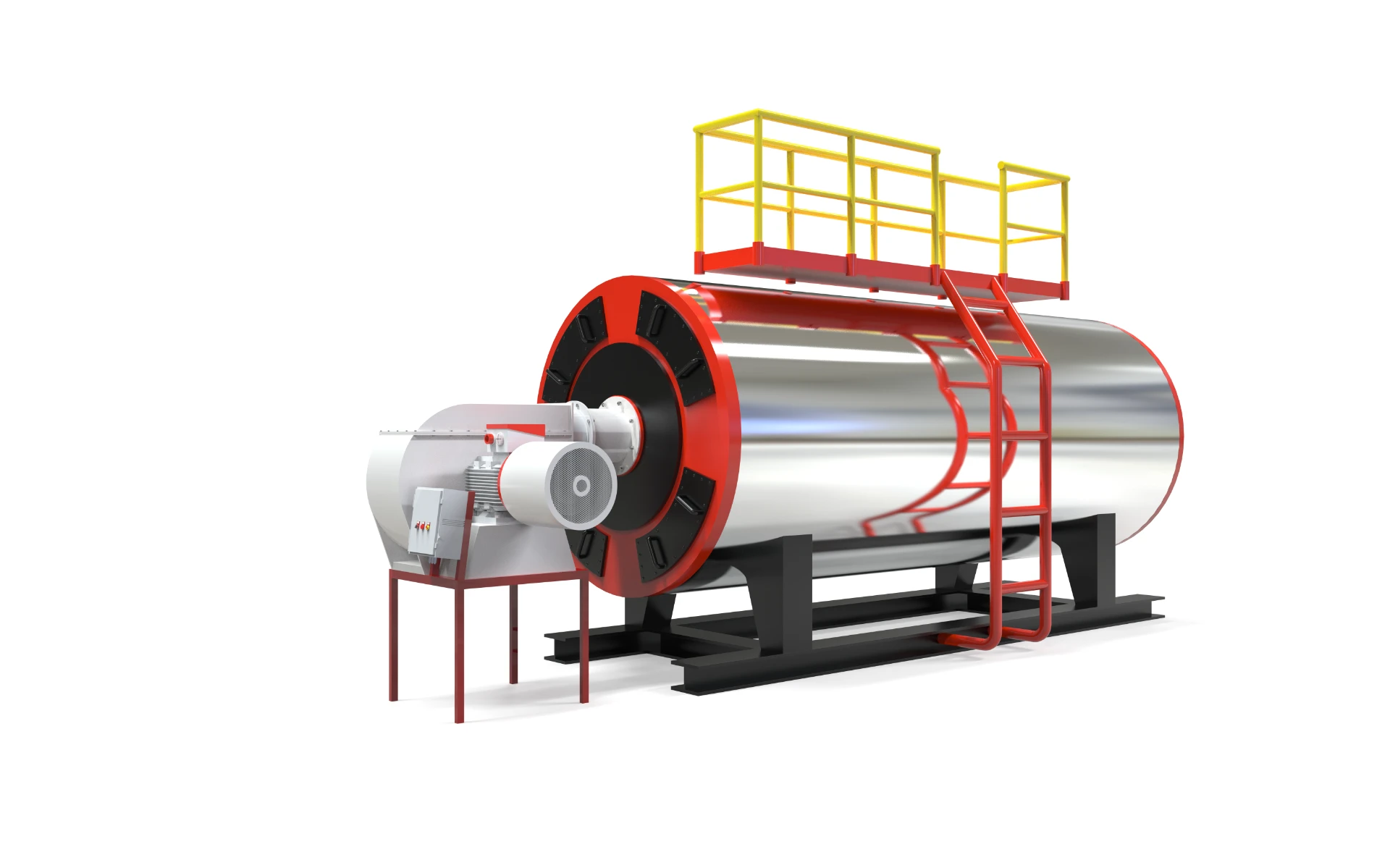
Dec . 31, 2024 03:48 Back to list
Understanding the Principles of Steam Boiler Operation for Efficient Performance
Steam Boiler Operation Principles and Best Practices
Steam boilers are essential components in various industries, providing the necessary steam required for heating, power generation, and industrial processes. Understanding steam boiler operation is crucial for ensuring efficiency, safety, and longevity. This article will explore the fundamental principles of steam boiler operation, common types, and best practices for maintaining optimal performance.
Understanding Steam Boilers
A steam boiler is a closed vessel designed to convert water into steam through the application of heat. The heat generated can come from various sources, including the combustion of fossil fuels (like natural gas, oil, or coal), electricity, or biomass. The steam produced can be used for heating, electricity generation, and even in manufacturing processes.
Boilers consist of several key components, including the shell, furnace, burners, heat exchangers, and control systems. The efficiency and effectiveness of a steam boiler depend on how well these components work together and the operational practices employed.
Types of Steam Boilers
There are several types of steam boilers, each with its unique operation mechanism and applications
1. Fire-Tube Boilers These boilers have hot gases flowing through tubes surrounded by water. The heat from the gases transfers to the water, producing steam. Fire-tube boilers are often used in smaller applications and are known for their simplicity and ease of operation.
2. Water-Tube Boilers In contrast to fire-tube boilers, water-tube boilers have water flowing through tubes heated by combustion gases. These boilers can handle higher pressures and are typically used in large-scale applications, including power plants and industrial facilities.
3. Electric Boilers These boilers use electricity to heat water and produce steam. They are known for their efficiency and are often used in smaller applications or in situations where other fuel sources may not be feasible.
4. Biomass Boilers These systems burn organic materials, such as wood pellets or agricultural waste, to generate steam. They are gaining popularity due to their renewable nature and lower environmental impact.
Principles of Operation
The operation of a steam boiler involves several key principles
steam boiler operation

1. Heat Generation The combustion of fuel produces heat, which must be transferred to the water within the boiler efficiently. Proper burner operation and combustion efficiency are crucial for maximum heat generation.
2. Water Treatment The quality of the water used in a steam boiler is critical. Impurities can cause scaling and corrosion, which can lead to reduced efficiency and equipment failure. Regular water testing and treatment are necessary to maintain quality.
3. Steam Production As water is heated, it converts into steam. The pressure and temperature of the steam depend on the boiler design and operating conditions. Monitoring steam quality—superheated or saturated—is essential for many industrial applications.
4. Heat Recovery Efficient steam boilers incorporate heat recovery systems that capture waste heat from flue gases to preheat the feedwater. This practice enhances overall efficiency and reduces fuel consumption.
Best Practices for Operation
To ensure efficient and safe steam boiler operation, consider the following best practices
1. Regular Maintenance Regular inspections and maintenance are vital to prevent issues like leaks, corrosion, and inefficiencies. Scheduled checks on pressure gauges, valves, and safety devices can help identify potential problems early.
2. Operator Training Comprehensive training for operators is essential to ensure they understand the boiler's operation, configuration, and safety protocols. Properly trained personnel can respond effectively to emergencies and maintain optimal performance.
3. Safety Protocols Implementing stringent safety protocols is critical in steam boiler operation. Safety valves, blowdown procedures, and emergency shutdown mechanisms must be in place and regularly tested.
4. Performance Monitoring Utilizing advanced monitoring systems can help track the boiler's performance in real-time. Observing key performance indicators (KPIs) allows for proactive adjustments and helps prevent costly downtimes.
5. Energy Efficiency Consider retrofitting boilers with modern technology to enhance efficiency, including variable-speed drives for fans and blowers or advanced control systems that optimize combustion.
Conclusion
Effective steam boiler operation is a blend of understanding the underlying principles, employing the right practices, and continuous monitoring. By prioritizing efficiency and safety, industries can not only optimize their steam production processes but also contribute to a sustainable and cost-effective operational framework. As technology advances, staying updated with best practices and innovations will be key to maximizing the benefits of steam boilers in industrial applications.
-
High-Efficiency Commercial Oil Fired Steam Boiler for Industry
NewsJul.30,2025
-
High-Efficiency Biomass Fired Thermal Oil Boiler Solutions
NewsJul.30,2025
-
High Efficiency Gas Fired Thermal Oil Boiler for Industrial Heating
NewsJul.29,2025
-
High-Efficiency Gas Fired Hot Water Boiler for Sale – Reliable & Affordable
NewsJul.29,2025
-
High Efficiency Biomass Fired Hot Water Boiler for Industrial and Commercial Use
NewsJul.29,2025
-
High-Efficiency Biomass Fired Hot Water Boiler for Industrial Use
NewsJul.28,2025
Related PRODUCTS






















